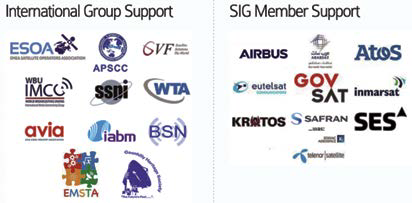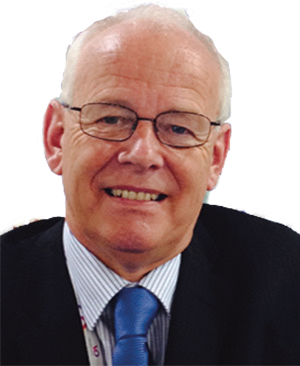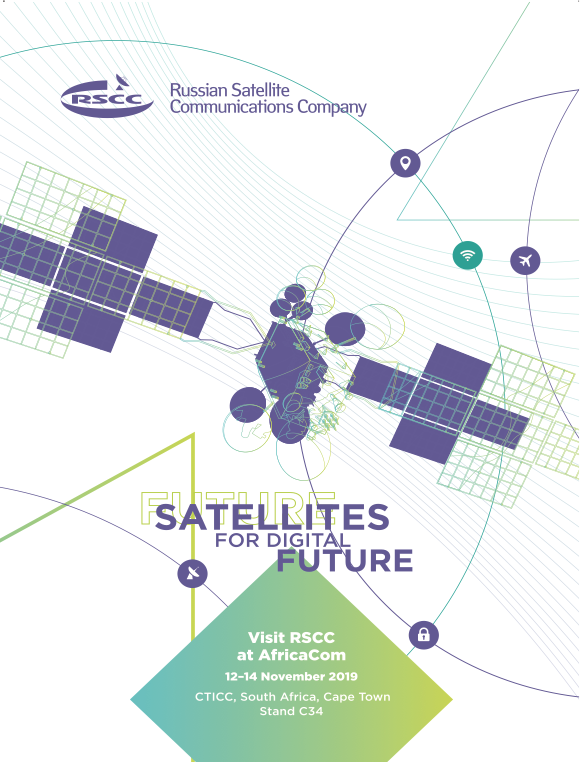Satellite interference has been a massive challenge for the satellite industry for a number of years, however satellite operators now have a whole host of tools at their disposal to reduce, detect, and mitigate interference. How has the interference landscape changed? With so much at their disposal, is interference even an issue anymore?

The Interference Landscape
Satellite interference can be caused by a range of different factors. We have frequently examined the most common causes in order to understand where to focus our efforts for the best result.
Human Error
Overwhelmingly, human error always comes out as the biggest cause of satellite interference. This is why I’ve always been a big protagonist of using automation. Quite simply, the more we automate, the more we reduce the risk of human error and given that has always been the biggest cause, it should have a massive impact on the overall number of cases.
I believe that is exactly what we are seeing however it is hard to quantify as the challenge is to get up-to-date statistics to back up the trends that we believe are happening. What I do know is, there have been some fantastic tools emerging onto the market to make processes within the satellite operations workflow more automated.
For example, there are tools for automating the setup process of VSAT networks as well as being able to pin-point a faulty terminal in a network within minutes. This simple toolset means that someone who isn’t trained can easily ensure they are pointing to the right satellite at the correct level at setup and able to monitor issues in real-time.
More auto-pointing antennas and closed-loop systems have made a huge difference. Again, all of these technologies make the setup process so simple that anyone can do it.
More examples come in the form of better service and incident monitoring, better geolocation, better toolset integration. Companies such as Kratos, Atos, Safran, and Crystal are all making the process of monitoring and operating satellite networks simpler and more automated, making it quicker to spot errors and be in a position to resolve them before they have a detrimental impact on services being provided.
Of course, the impact these tools have depends on them being adopted by the industry and, in the main, satellite operators. As the continual innovation around monitoring and automation will ensure that any operator will have the ability to greatly reduce interference issues within their satellite fleet.
Equipment Failure
Equipment failure has generally come in a close second to human error. The satellite industry has been challenged with extremely long product lifecycles. Although that is great in some respects, it means that often legacy equipment is still in use when newer models could really make a big difference to efficiency of operations. At the same time, there are of course some products that simply don’t perform as well as they should and therefore, replaced.
Antennas
Antenna products are where we see the biggest problem. With the impetus behind the SOMAP (Satellite Operator’s Minimum Antenna Performance) initiative, I am a great believer in the industry working together towards common goals and this is a good example of that.
Over recent decades, each operator approvals of antenna systems had been varied and inconsistent. Those operators who agreed SOMAP allow any one party to certify an antenna and share that information as a standard for all. This has helped to raise the manufacturing standard, as well as making the process of ensuring antennas meet stringent requirements much more efficient. In addition, Inmarsat set up a tough approval regime for all its Global Xpress terminals.
We are also seeing some exciting developments when it comes to testing equipment, including using a drone as an antenna testing tool developed by our member, QuadSAT.
Again, I cannot definitively state whether all of this means interference is reducing but certainly minimizing the risk of equipment failure or production has got to be a positive. This is also where the same monitoring tools have an important part to play spotting any failures and errors before they have an impact.
The Changing Satellite Landscape
Whether interference has reduced or not, there is certainly more awareness and more tools and product enhancements available to combat it. However, the satellite landscape is changing, and it is hard to predict what effect that will have on interference and the space environment in general.

In September, ESA had to perform its first ever collision maneuver to avoid a potential collision with a SpaceX satellite. Is this the first of many? Low Earth Orbit (LEO) is reportedly to get seriously crowded with the launching, over the next few years, of an array of various small satellites. Even with the satellites already in orbit, collisions can happen, and interference does happen. How will we cope with that magnitude of new satellites, not to mention the fact that they will have different operational processes and needs compared to traditional role of satellites?
This is an entirely new world and, although there has been a lot of speculation about the potential threat to the satellite environment, there doesn’t yet seem to be much to placate those concerns. If left unchecked, then this exponential growth in LEO will not only interfere with each other but the entire space environment, so how do we mitigate that in this changing satellite landscape?
Innovation to Reduce Interference
Just as the initial interference problem has been tackled through innovation, that continues to be the way forward to manage the changing satellite landscape. However, we now have the opportunity to think ahead. When satellite interference originally became a problem, it was already in existence and we had to very quickly find ways to resolve it. Now we are in better shape, we understand the problem and we can see how an increasingly congested space might further impact that. Now is the time to be discussing ways to resolve it before the problem worsens.
I believe there are a areas we need to further develop in order to do that, but for me the most significant will be the use of Artificial Intelligence (AI). AI is about using data and machine learning (ML) to build a ‘learning’ management system through automated tasks and error resolution. If we again work together as an industry, we can develop AI tools for interference detection and prediction, but also other use cases such as, ability to manage spectrum, complex networks, transmission schedules, detecting anomalies in telemetry data, cyber security breaches, and collision avoidance, among many others.

At the Satcoms Innovation Group, our aim is to bring together industry experts at the operational level in order to discuss current and upcoming challenges and find solutions to those together. We are always looking for people to join that discussion. If you want to find out more, please visit satig.space
Martin Coleman is Executive Director, the Satcoms Innovation Group (SIG). Since taking on the position in 2011, Martin has been active in spearheading several significant initiatives, leading the advance in new tools to resolve all types of VSAT interference using SatGuard and the campaign to introduce Carrier ID across all SCPC/MCPC transmissions and subsequent ongoing activities.


